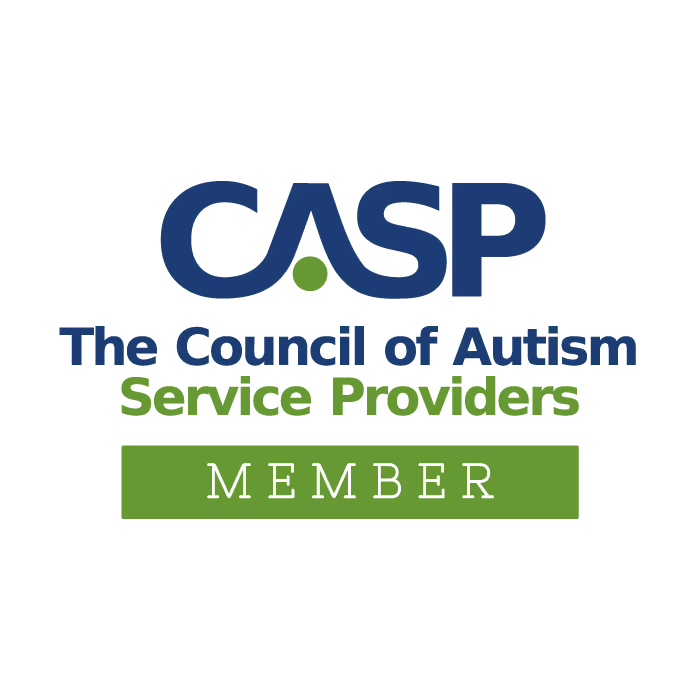It is generally recommended to feed infants pureed foods starting at 6 months old. After a few months of sampling a variety of pureed foods, your child will be ready for other textures. Around 9 months old, your child will develop a “pincer grasp” where they can pick up small objects with their thumb and forefinger. This fine motor skill is acquired around the same time that babies develop the oral motor skill of up-and-down chewing motions. These two skills are both very important and necessary when you think about what your baby needs to do in order to accomplish eating foods that are not pureed.
Therefore, around 9 months is a good time to introduce little finger foods and other soft textured foods. Here are some tips to make the transition:
First and foremost, a few feeding basics:
- Always feed your infant in high chair or other belted seat that is pulled up to the kitchen table.
- Always feed your child at regular, scheduled times in a calm, positive, distraction-free environment.
- Always eat with your child. Your baby learns so much about how to eat well by watching you.
Steps for Introducing New Textures:
- When first introducing new textures, start by putting a few small pieces of the new food on baby’s tray.
- Let baby play with the new food, this is not wrong or bad behavior at this age. This is how babies learn and feel comfortable about trying new things.
- Show baby how to pick up the food using your pincer grasp, and put it in your mouth. If baby doesn’t imitate this right away (it may take a few days or weeks to figure it out), then hold up a piece to baby’s mouth and wait for him or her to open up and be willing to take it.
- Never push food into baby’s mouth that he or she is not showing signs of wanting to eat it. Baby should be interested, calm, and opening his or her mouth when ready to eat.
- If your baby doesn’t open up, or seems resistant to trying something new, do not worry or react negatively. Instead, just calmly show baby how enjoyable it is to eat that food, and try again the next day or a few days later.
- Start very small and only give baby a bite or two to work with on the tray at a time. Make sure baby doesn’t stuff too much in his or her mouth, which is risk for choking.
- Offer sips of water after bites to help baby clear the new food from their mouth and throat.
In terms of spoon- or fork-feeding new textures:
- If you make your own food, just puree it less so than previously, and leave soft chunks.
- Feel free to start offering baby foods from the rest of the family’s meal that are soft-solids and non-choking hazards. This is a wonderful way to help baby learn and experience family meals.
Food ideas for transitioning to textures:
- Cut up soft fruit such as banana, ripe pears, peaches, plums, blueberries without skin, raspberries, mangoes, and soft-steamed apples.
- Cut up soft-cooked vegetables such as green beans, broccoli, lima beans, potatoes, sweet potatoes, squash, cauliflower, and very softly cooked carrots.
- Soft cooked beans (cut or smash for baby to reduce choking hazard), meats that have been cooked for a long time with a lot of liquid such as in a slow cooker and are very soft, tofu. Avocado
- Easily-dissolvable foods such as puffed cereal pieces, crackers, bits of bread, waffles, or pancakes, etc.
All babies develop on a slightly different timeline, so watch your baby, not the calendar. Also, some kids struggle to transition to textures for a variety of reasons. If your child refuses certain textures altogether at any age, this is a red flag that your child may have a feeding difficulty that can be overcome through feeding therapy. For more information about how NSPT can help with feeding, contact one of our Family Child Advocates at 847-999-4385.













